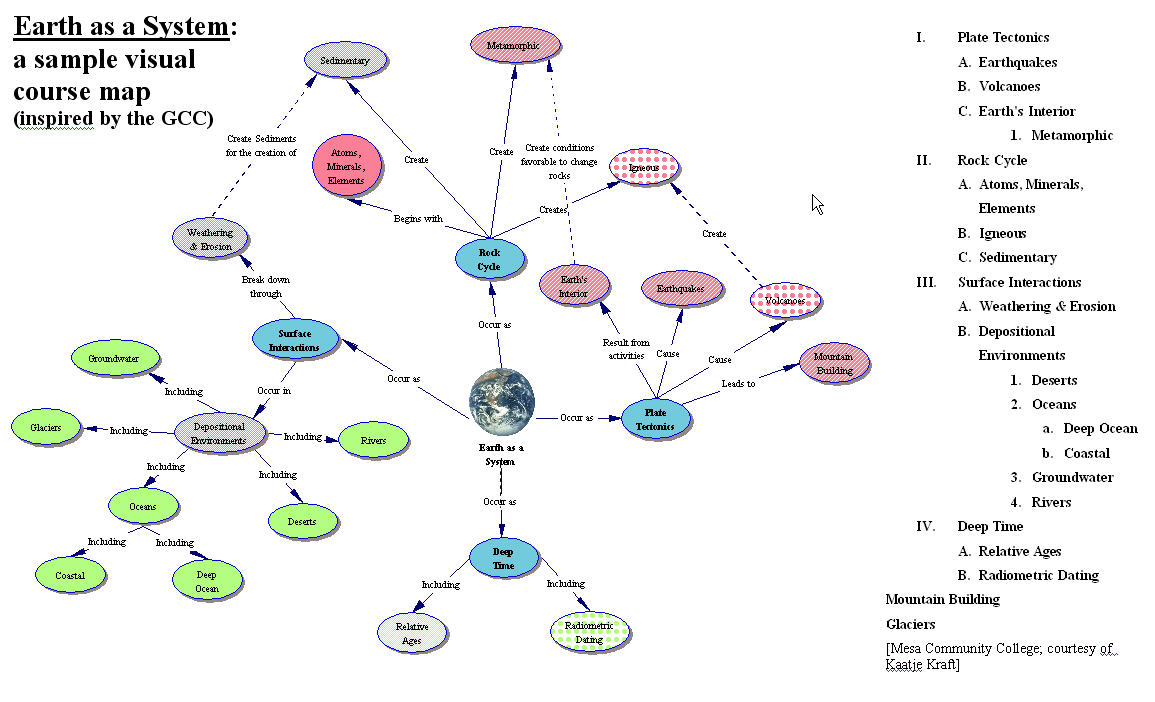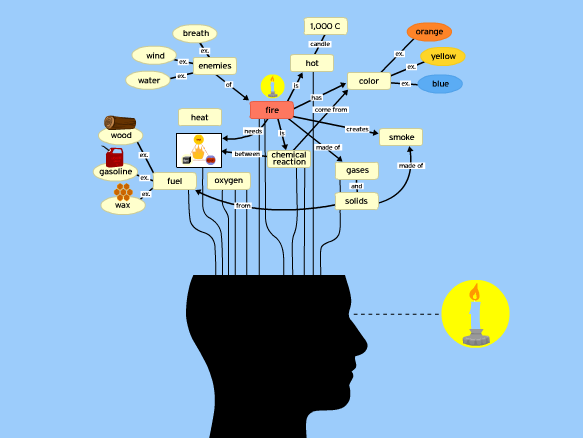

Nvalt and concept maps series#
Re-create your concept map without looking at the original, talking through each section as you do.Įxample 1: This example illustrates the similarities and differences between two ideas, such as Series and Parallel Circuits.List related examples, where applicable, for sections of the map.Elaborate (out loud or in writing) each part of the map.Your completed concept map is a great study tool. Focus on how concepts are related to each other.Go through lecture notes, readings and any other resources you have to fill in any gaps.Starting from memory is an excellent way to assess what you already understand and what you need to review. From memory, try creating a graphic organizer related to this concept.
Nvalt and concept maps how to#
For a few ideas on how to get started, take out a sheet of paper and try following the steps below: The one key step is to focus on the ways ideas are linked to each other. There is no right or wrong way to make a concept map. They can also be used to analyze information and compare and contrast. In other words, knowing the big picture makes details more significant and easier to remember.Ĭoncept maps work very well for classes or content that have visual elements or in times when it is important to see and understand relationships between different things. They are a powerful study strategy because they help you see the big picture: by starting with higher-level concepts, concept maps help you chunk information based on meaningful connections.

Concept maps are especially useful for students who learn better visually, although they can benefit any type of learner.

They can take the form of charts, graphic organizers, tables, flowcharts, Venn Diagrams, timelines, or T-charts. Finally, we outline the potential role of concept maps as an assessment tool.Concept maps are visual representations of information. Medical educators can utilize concept maps to detect students’ misunderstandings of concepts and to identify knowledge gaps that need to be corrected. We provide ideas for educators to integrate this novel educational resource in their teaching and educational practices. We describe different types of concept maps based on learners’ task, and how they can be utilized in different educational settings. The 12 tips provide an overview of the theoretical framework and structure of concept maps, suggesting specific uses, and applications in medical education. The following tips outline an approach to foster meaningful learning using concept maps.Ī total of 12 tips on the use and applications of concept mapping based on the authors’ experiences and the available literature. Concept mapping is an instructional strategy for individual and group learning that involves integration of knowledge and creation of meaning by relating concepts. Concept maps have been used as a learning tool in a variety of educational setting and provide an opportunity to explore learners’ knowledge structures and promote critical thinking and understanding.


 0 kommentar(er)
0 kommentar(er)
